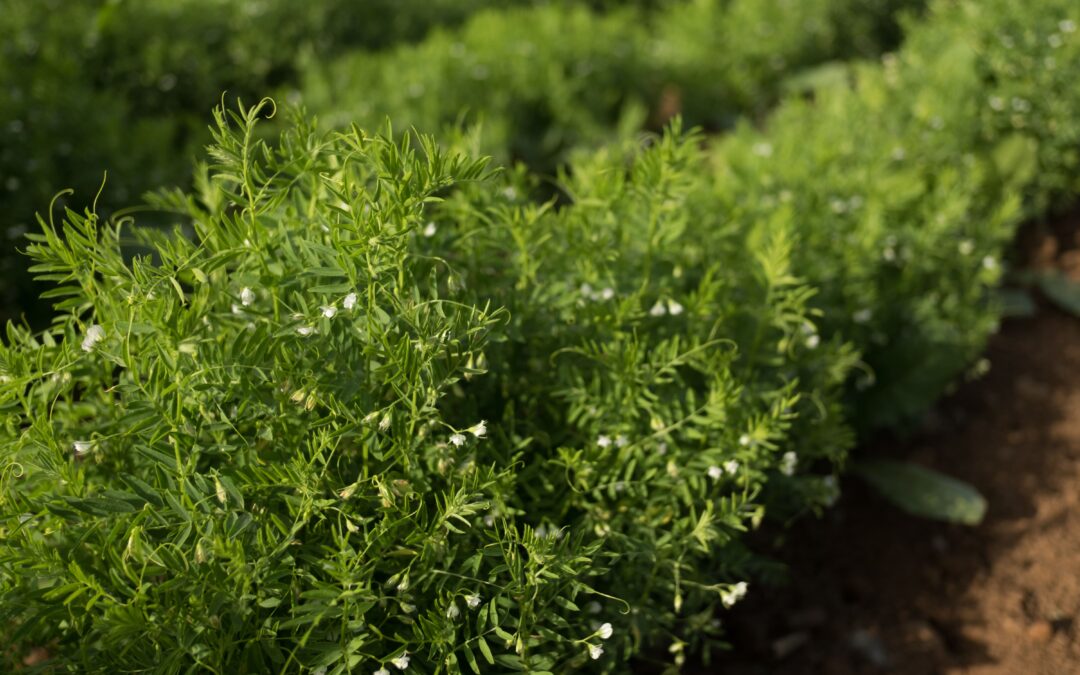PRICES for chickpeas and lentils have risen in the past month on some short covering for bulk cargoes which are getting harder to put together as stocks run down.
Faba bean values are steady and conditions for new-crop are good in south-eastern Australia, where pulse yields are generally expected to be above average if spring, which starts next week, is kind.
Yields for chickpeas are likely to be average at best without rain to boost yield and additional flowering over coming weeks.
Chickpeas
Prices have rallied by roughly $25/t in the past month as stocks of CHKP1, CHKPM and CHKPX at long last run low in Queensland and New South Wales.
Ahead of the new-crop harvest which is expected to start in Central Qld late next month, one source estimated NSW has as little as 50,000t of carry-out, and Qld has even less.
As bulk exports out of Brisbane slow to reflect the reduced supply, prompt delivered port chickpeas are trading at $660/t for CHKP1, $630/t for CHKPM and $600/t for CHKPX, while CHKP1 is trading at $615/t delivered Downs packer.
New-crop chickpeas are starting to trade at $645/t delivered Downs packer.
Australian Bureau of Statistics data indicates Australia exported 604,518t of chickpeas between 1 October 2022 and 30 June 2023, more than the 2022-23 production as estimated by ABARES at 541,000t.
Pakistan was the destination for 58pc of Oct-Jun shipments.
Trade is generally thin as the bulk program ex Brisbane slows.
“The market runs hot and cold, depending if there’s a boat in,” Woods Group director Bruce Woods said from his base at Goondiwindi on the Qld-NSW border.
Chickpeas are deep rooted, and are therefore able to draw on subsoil moisture reserves as dry conditions impact yield prospects for many crops in north-west NSW and in Qld.
“If any crop can handle dry, it’s chickpeas, and new-crop prices look OK; I’d say it’s reasonably positive for chickpeas.”
Faba beans and field peas
Faba beans are trading in thin volume as a solid export program to Egypt winds down for the year, with prices steady over the past month at around $450/t for No. 2 grade delivered to feedmills in the Melbourne region.
“There is little new export business happening as stocks are low and there are very few sellers,” Agri-Oz Exports managing director Francois Darcas said.
“It’s mainly execution of pre-existing sales, and some bulk ships are struggling to find enough tonnes.”
Unigrain co-CEO Andrew May last week said field peas were trading at around $400-$450/t ex farm Victoria, roughly in line with faba beans, on reduced demand from China.
“Field peas are quite flat at the moment, and the sense we get is that they are focusing on Canadian and eastern European supply,” Mr May said.
Hot weather could impact quality of field peas from both origins in the upcoming harvest, and this could boost demand for Australian field peas.
Crop conditions are good in Victoria, South Australia and the southern half of NSW as the growing regions that have had good rain to date keep on trend, and most crops are on track for above-average yields.
In northern NSW, fabas were the first crop to be planted, and are living on subsoil moisture and looking at average yield prospects at best amid mostly dry and warm conditions.
Lentils
Volume buying from India has seen prices for lentils climb $30/t in the past month.
“Demand has strengthened due to buying coming out of India and prices have pushed up,” one trader said.
In the past week, smaller Nipper types have traded on Clear Grain Exchange at $850/t delivered up-country Victorian site, with a $50/t rise seen in the previous week to indicate stocks in traders’ hands have shrunk.
“There’ll be a carryout, but I don’t think it’ll be too big,” the trader said.
Prospects for new-crop prices have a big local crop on the bearish side balanced against a drought-reduced Canadian crop.
Australian growers are liking new-crop prices on offer, and cautiously forward selling for delivery in November at the earliest.
“Predictions of a crop size towards the higher end are playing out, and we’ve bought some new crop in the past two or three weeks.”
In the Victorian Wimmera, Horsham-based agronomist Matthew Sparke said lentil crops were “just starting to bulk up a bit”.
“They’re generally in pretty good shape, and they’re at the normal stage of development for this time of year.
“They have average to better-than-average yield potential, and things would have to be disastrous to pull that back significantly.”
Growers are noticing the rally and engaging with the market on current and new crop.
Mungbeans
Trade in mungbeans is extremely thin, and spring planting is expected to be minimal to continue the trend of recent years, and as dry topsoil limits prospects for seeding of early summer crops generally.
“The spring crop used to be 15pc of the total crops years ago, now it’s a couple of percent,” Agrocorp Dalby-based accumulator Patrick O’Hara said.
Soaking rain from December to early February is expected to spark planting of the summer crop in the key producing areas of the Darling Downs, in northern NSW and CQ.
Mungbeans have a short growing season, and are well placed to capitalise on storm rain if spring continues dry.
“Mungbeans will be planted from mid-December on if they get the rain.”
Nominal prices remain at around $1250/t for new-crop No. grade, $1150/t for processing and $1050/t for manufacturing, based mostly on continuing buoyant demand from China.
“It’s the sort of year where people will go for mungbeans,” Mr Woods said.
Fuente GrainCentral

